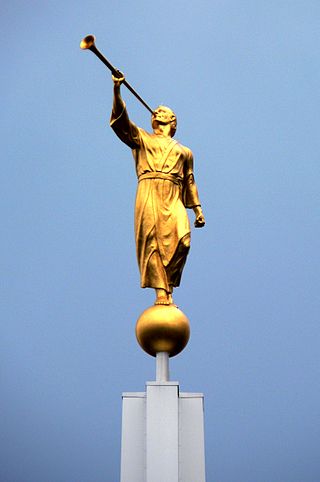
The Angel Moroni is an angel whom Joseph Smith, founder of the Latter Day Saint movement, reported as having visited him on numerous occasions, beginning on September 21, 1823. According to Smith, the angel Moroni was the guardian of the golden plates buried near his home in western New York, which Latter Day Saints believe were the source of the Book of Mormon. An important figure in the theology of the Latter Day Saint movement, Moroni is featured prominently in its architecture and art. Besides Smith, the Three Witnesses and several other witnesses also reported that they saw Moroni in visions in 1829.
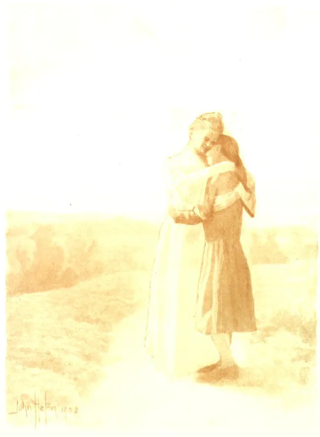
In the Latter Day Saint movement, the Heavenly Mother, also known as the Mother in Heaven, is the mother of human spirits and the wife of God the Father. Collectively Heavenly Mother and Father are called Heavenly Parents. Those who accept the Mother in Heaven doctrine trace its origins to Joseph Smith, founder of the Latter Day Saint movement. The doctrine became more widely known after Smith's death in 1844.
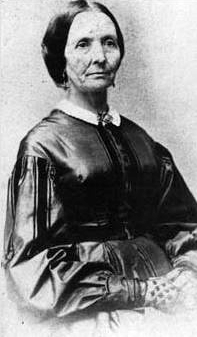
Eliza Roxcy Snow was one of the most celebrated Latter Day Saint women of the nineteenth century. A renowned poet, she chronicled history, celebrated nature and relationships, and expounded scripture and doctrine. Snow was married to Joseph Smith as a plural wife and was openly a plural wife of Brigham Young after Smith's death. Snow was the second general president of the Relief Society of the Church of Jesus Christ of Latter-day Saints, which she reestablished in Utah Territory in 1866. She was also the sister of Lorenzo Snow, the church's fifth president.
The status of women in Mormonism has been a source of public debate since before the death of Joseph Smith in 1844. Various denominations within the Latter Day Saint movement have taken different paths on the subject of women and their role in the church and in society. Views range from the full equal status and ordination of women to the priesthood, as practiced by the Community of Christ, to a patriarchal system practiced by the Church of Jesus Christ of Latter-day Saints, to the ultra-patriarchal plural marriage system practiced by the Fundamentalist Church of Jesus Christ of Latter-Day Saints and other Mormon fundamentalist groups.
Lavina Fielding Anderson was a Latter-day Saint scholar, writer, editor, and feminist. Anderson held a PhD in English from the University of Washington.

Zina Diantha Huntington Young was an American social activist and religious leader who served as the third general president of the Relief Society of the Church of Jesus Christ of Latter-day Saints from 1888 until her death. She practiced polyandry as the wife of Joseph Smith, and later Brigham Young, each of whom she married while she was still married to her first husband, Henry Jacobs. She is among the most well-documented healers in LDS Church history, at one point performing hundreds of washing, anointing, and sealing healing rituals every year. Young was also known for speaking in tongues and prophesying. She learned midwifery as a young girl and later made contributions to the healthcare industry in Utah Territory, including assisting in the organization of the Deseret Hospital and establishing a nursing school. Young was also involved in the women's suffrage movement, attending the National Woman Suffrage Association and serving as the vice president of the Utah chapter of the National Council of Women.

Bear River Migratory Bird Refuge is a 74,000-acre (299 km2) National Wildlife Refuge in Utah, established in 1928. The refuge is part of a national system of fee ownership lands purchased from willing sellers, mostly private property owners.
Terry Tempest Williams, is an American writer, educator, conservationist, and activist. Williams' writing is rooted in the American West and has been significantly influenced by the arid landscape of Utah. Her work focuses on social and environmental justice ranging from issues of ecology and the protection of public lands and wildness, to women's health, to exploring humanity's relationship to culture and nature. She writes in the genre of creative nonfiction and the lyrical essay.
Sexuality has a prominent role within the theology of the Church of Jesus Christ of Latter-day Saints, which teaches that gender is defined in the premortal existence, and that part of the purpose of mortal life is for men and women to be sealed together, forming bonds that allow them to progress eternally together in the afterlife. It also teaches that sexual relations within the framework of opposite-sex marriage are healthy, necessary, and ordained of God.
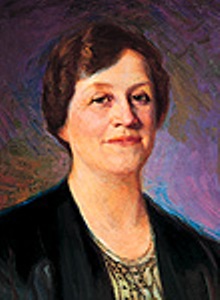
Sarah Louisa Yates Robison was the seventh Relief Society General President of the Church of Jesus Christ of Latter-day Saints from 1928 to 1939.

Ellis Reynolds Shipp MD was an American doctor and one of the first female doctors in Utah. She founded the School of Nursing and Obstetrics in 1879, and was on the board of the Deseret Hospital Association. In her 50-year medical career, she led the School of Nursing and Obstetrics to train more than 500 women as licensed midwives.
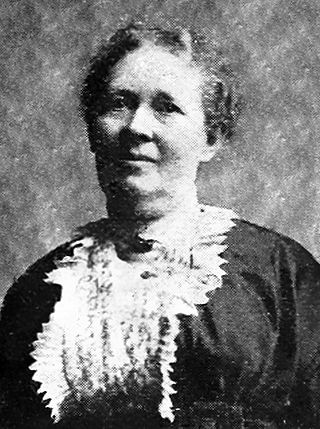
Julina Lambson Smith was a leader in the Church of Jesus Christ of Latter-day Saints. From 1910 to 1921 she was a member of the General Presidency of the Relief Society. The second wife of Joseph F. Smith and the mother of Joseph Fielding Smith, she is the only woman in the history of the LDS Church to have been the wife of a President of the Church and the mother of another church president. She worked as a midwife in the Mormon community and delivered over 1,000 babies.
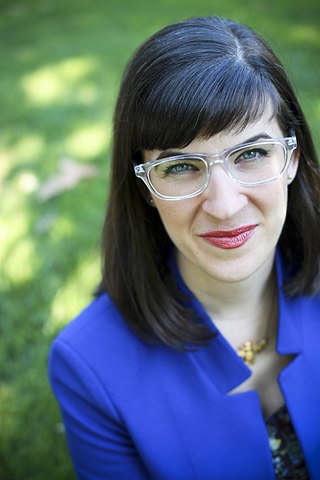
Kathleen Marie Kelly is an American activist, human rights lawyer, and Mormon feminist who founded Ordain Women, an organization advocating for the ordination of women to the priesthood in the Church of Jesus Christ of Latter-day Saints. Kelly was excommunicated from the church in 2014. She is also a nationally known advocate for ratification of the Equal Rights Amendment (ERA) and abortion access.
Mormon feminism is a feminist religious social movement concerned with the role of women within Mormonism. Mormon feminists commonly advocate for a more significant recognition of Heavenly Mother, the ordination of women, gender equality, and social justice grounded in Mormon theology and history. Mormon feminism advocates for more representation and presence of women as well as more leadership roles for women within the hierarchical structure of the church. It also promotes fostering healthy cultural attitudes concerning women and girls.
Although the historical record is often scarce, evidence points to LGBT individuals having existed in the Mormon community since its beginnings, and estimates of the number of LGBT former and current Mormons range from 4 to 10% of the total membership of the LDS Church. However, it wasn't until the late 1950s that top LDS leaders began regularly discussing LGBT people in public addresses. Since the 1970s a greater number of LGBT individuals with Mormon connections have received media coverage.
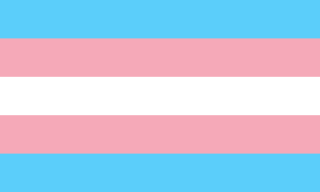
Transgender people and other gender minorities currently face membership restrictions in access to priesthood and temple rites in the Church of Jesus Christ of Latter-day Saints —Mormonism's largest denomination. Church leaders have taught gender roles as an important part of their doctrine since its founding. Only recently have they begun directly addressing gender diversity and the experiences of transgender, non-binary, intersex, and other gender minorities whose gender identity and expression differ from the cisgender majority.
This is a timeline of LGBT Mormon history in the 19th century, part of a series of timelines consisting of events, publications, and speeches about LGBTQ+ individuals, topics around sexual orientation and gender minorities, and the community of members of the Church of Jesus Christ of Latter-day Saints. Although the historical record is often scarce, evidence points to queer individuals having existed in the Mormon community since its beginnings. However, top LDS leaders only started regularly addressing queer topics in public in the late 1950s. Since 1970, the LDS Church has had at least one official publication or speech from a high-ranking leader referencing LGBT topics every year, and a greater number of LGBT Mormon and former Mormon individuals have received media coverage.
This is a timeline of LGBT Mormon history in the first half of the 20th century, part of a series of timelines consisting of events, publications, and speeches about LGBTQ+ individuals, topics around sexual orientation and gender minorities, and the community of members of the Church of Jesus Christ of Latter-day Saints. Although the historical record is often scarce, evidence points to queer individuals having existed in the Mormon community since its beginnings. However, top LDS leaders only started regularly addressing queer topics in public in the late 1950s. Since 1970, the LDS Church has had at least one official publication or speech from a high-ranking leader referencing LGBT topics every year, and a greater number of LGBT Mormon and former Mormon individuals have received media coverage.
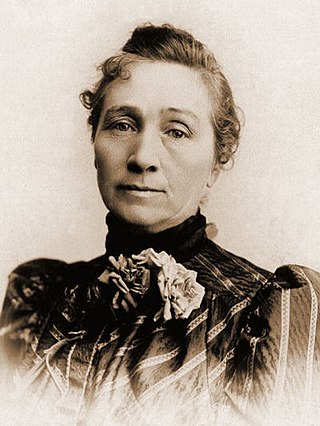
Zina Presendia Young Williams Card was an American religious leader and women's rights activist. A daughter of Brigham Young, the second president of the Church of Jesus Christ of Latter-day Saints, she was the first "Dean of Women" at Brigham Young Academy (BYA) in Provo, Utah. She fought on a national level for women's suffrage and the right to practice plural marriage. After moving to a new Mormon settlement at Cardston, Alberta, Canada, she became a major civic and religious leader of the community.
Phyllis Barber is a writer of fiction and non-fiction, often set in the Western United States. She was raised in Boulder City, Nevada and Las Vegas as a member of the Church of Jesus Christ of Latter-day Saints. She studied piano at Brigham Young University and moved to Palo Alto, California where her husband studied law at Stanford. There Barber finished her degree in piano at San Jose State College in 1967, and taught and performed piano in California. She studied creative writing at the University of Utah and received an MFA in writing from Vermont College in 1984. She started her writing career by publishing short stories in journals and magazines in the 1980s.











